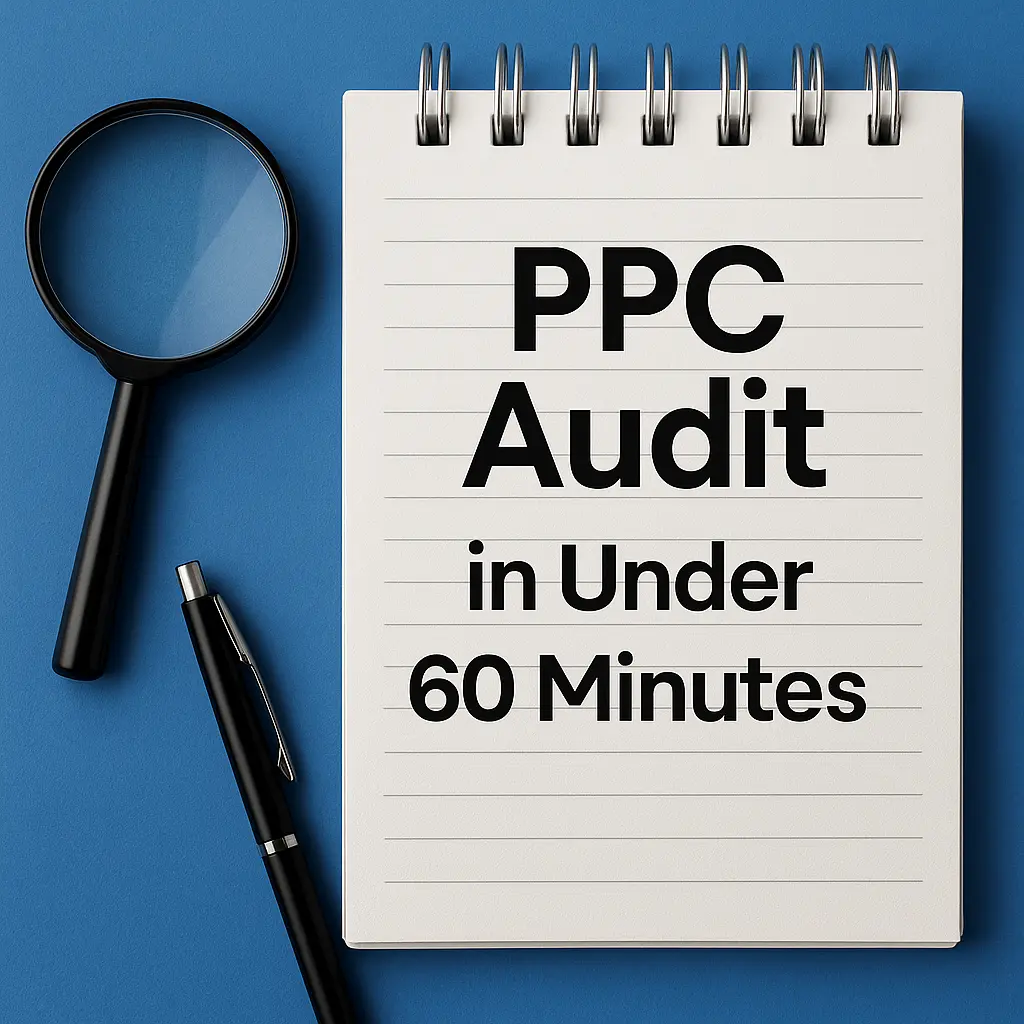What is affiliate marketing? You’ve heard about it; you might have worked with affiliates and partners; maybe you’re a newbie and want to learn everything about it; or perhaps you’re a veteran in this exciting sector of performance marketing and you just want to refresh your memory and the basics of it. This blog is for you.
Let’s dive into everything in and around affiliate marketing!
Understanding Affiliate Marketing
Affiliate marketing is a performance-based marketing strategy where businesses reward individuals or entities (affiliates) for driving traffic or sales to their products or services through the affiliate’s marketing efforts. This collaborative arrangement hinges on the fundamental principle of “pay for performance,” ensuring that businesses only incur marketing expenses when desired actions, such as a sale or lead generation, directly result from the affiliate’s promotional activities.
It’s a relationship built on trust and mutual benefit, where businesses gain increased exposure and revenue, while affiliates have the opportunity to monetize their online presence through effective marketing strategies. In essence, affiliate marketing thrives on the idea that success is measured by results and incentivizes affiliates to employ innovative and strategic approaches to drive conversions and boost sales.
How Affiliate Marketing Works
The core components of affiliate marketing include:
- The Business (Advertiser or Merchant): This pivotal entity is the driving force behind the affiliate marketing ecosystem. Businesses are motivated to expand their customer base and boost sales, making affiliate partnerships an integral part of their marketing strategy. Through affiliate programs, they gain access to a vast network of marketers and influencers who can effectively promote their products or services.
- The Affiliate (Publisher or Marketer): Affiliates, often the unsung heroes of the affiliate marketing world, come in diverse forms, from individuals and bloggers to website owners and social media influencers. Their role is not merely that of promoters; they are digital entrepreneurs who meticulously curate content, cultivate engaged communities, and strategically market products or services to their audience. By aligning themselves with products relevant to their niche, they forge authentic connections that resonate with consumers, driving them toward the products or services they genuinely need or desire.
- The Consumer (or Visitor): At the heart of every affiliate marketing transaction is the consumer, the driving force behind the entire process. These individuals visit the affiliate’s platform, be it a website, blog, or social media page, with a specific purpose in mind. They are potential buyers or clients who seek information, solutions, or products that align with their interests or needs. The affiliate, armed with compelling content and persuasive recommendations, facilitates this journey, guiding visitors toward products or services that provide value and meet their expectations.
In affiliate marketing, businesses, affiliates, and customers all help each other. Businesses reach more people, affiliates make money online, and customers find good stuff from sources they trust. Everyone plays an important part in making these campaigns work well.
Types of Affiliate Marketing
Affiliate marketing is versatile, encompassing several models:
- Pay-Per-Sale (PPS): In the industry, this is better known as Revenue Share where Affiliates earn a commission when a referred customer makes a purchase through their unique affiliate link. PPS (Rev-share) is the most common model.
- Pay-Per-Click (PPC): Affiliates are compensated based on the number of clicks generated through their referral links, regardless of whether a sale occurs.
- Pay-Per-Lead (PPL): Affiliates earn a commission when a referred visitor takes a specific action, such as signing up for a newsletter or filling out a contact form.
- Two-Tier or Multi-Tier Affiliate Marketing: In this model, affiliates earn commissions not only for their direct referrals but also for the affiliates they recruit into the program.
There are other types of affiliate marketing, however, the ones written above are the most common ones.
Pros and Cons of Affiliate Marketing
Affiliate marketing offers numerous advantages and some challenges that both businesses and affiliates should consider:
Pros:
- Low Risk, High Reward: Businesses only pay affiliates when a sale or desired action occurs, making it a cost-effective marketing strategy.
- Wide Reach: Affiliates leverage their existing audience, expanding a business’s reach to new and relevant customer segments.
- Diverse Marketing Channels: Affiliates employ various marketing methods, from content marketing to social media, allowing businesses to tap into multiple marketing channels simultaneously.
- Performance Metrics: Affiliate marketing offers precise tracking and analytics, enabling businesses to measure the effectiveness of their campaigns accurately.
- Scalability: Businesses can easily scale their affiliate marketing efforts by recruiting more affiliates or increasing commission rates.
Cons:
- Competition: The affiliate marketing space can be highly competitive, making it challenging for new affiliates to stand out and get their products listed on the top affiliate websites or get their products promoted by the most desirable influencers.
- Reliance on Partners: Businesses rely on affiliates’ marketing skills and ethics, which can lead to brand image issues if affiliates engage in spammy or unethical practices.
- Compliance and Regulations: Affiliate marketers must navigate legal and regulatory aspects, such as disclosing affiliate relationships and adhering to data protection laws.
Methods of Affiliate Marketing

Successful affiliate marketing relies on effective strategies and methods. While there are countless ways affiliates can promote your brand, these are the most common practices:
1. Content Marketing
Affiliates create high-quality content, such as blog posts, reviews, or videos, that promote the products or services they are affiliated with. Content marketing educates and persuades potential customers. Another advantage is the fact that content that is created by affiliates is unique which can contribute to your brand being ranked on different keywords.
Need help with your content strategy? Check out our content services.
2. Social Media Marketing
Affiliates leverage platforms like Instagram, YouTube, Facebook, and Twitter to reach and engage with their target audience, often using compelling visuals and personal recommendations.
3. Email Marketing
Affiliates build email lists and send targeted campaigns featuring affiliate products or services. Email marketing allows for direct communication with subscribers. Email marketing has become a difficult channel over the last few years with GDPR and other restrictions so you’ll have to watch it when working with such affiliates. However, if you do manage to find a compliant partner that uses email marketing, the potential is huge.
4. SEO (Search Engine Optimization)
Affiliates optimize their content to rank well in search engine results. High rankings can lead to organic traffic and more affiliate earnings. We can go on about SEO for days but the bottom line is that SEO affiliates are the most sought-after partners as the traffic they send is very targeted and focused.
5. Paid Advertising (PPC)
Affiliates invest in paid advertising on platforms like Google Ads or Facebook Ads, driving traffic to their affiliate links. This method requires budget management and optimization. The only thing you have to pay attention to here is that Paid Advertising affiliates are not bidding on your brand’s keywords.
How Affiliate Marketers Make Money
Affiliate marketers generate income through various channels, depending on the type of affiliate marketing and their chosen strategies:
1. Commission on Sales
This is the most common method. Affiliates get a cut whenever someone they referred makes a purchase. Commissions can vary widely, from a few percent to more than half of the sale price. The key here is to promote products that you genuinely believe in, as this will make it easier to make sales.
Pro Tip: Use tracking tools to understand which products are getting clicked on the most and converting well. This can help you focus your efforts more effectively.
2. Cost-Per-Click (CPC)
Affiliates utilizing the PPC model earn income based on the number of clicks their referral links receive, regardless of whether a sale occurs. Although this falls under media, some affiliates ask to be paid per clicks they send. You can agree to it but there are specific formulas that you can use to see if this can generate value for you.
Pro Tip: Make sure you agree on a fair CPC rate. Use analytics to track click-through rates (CTR) and conversion rates to assess if the clicks are actually valuable.
3. Cost-Per-Lead (CPL)
Affiliates involved in PPL programs earn money when referred visitors take specific actions, such as signing up for a newsletter or filling out a form. You’ll have to define in advance what is a valid lead so people don’t abuse this payout to make quick and easy money.
Pro Tip: CPL works best when you’re promoting services that require customer engagement, like subscription services or memberships.
4. Cost-Per-Action (CPA)
Here, you are paying affiliates for a pre-agreed action the user is taking on your site. It can be a first deposit, subscribing to a newsletter, passing KYC, or anything that actually requires someone to take an action that shows his intent to become a customer.
Pro Tip: Align with businesses where the desired action closely matches your audience’s interests to see higher conversions.
5. Recurring Commissions
Some affiliate programs offer recurring commissions, where affiliates receive a percentage of the customer’s payments for as long as the customer remains active. This is very similar to Revenue Share and in most cases will come hand in hand with it.
Pro Tip: Subscription services or products that have a recurring fee are prime candidates for this model.
6. Performance Bonuses
To motivate affiliates to perform at their best, some businesses go beyond the standard commission structure and offer performance-based bonuses. These bonuses are designed to reward high-achieving affiliates for their hard work and effectiveness. The criteria for these bonuses can vary but are usually tied to hitting specific targets, such as reaching a predetermined number of sales, generating a set amount of revenue, or achieving a particular number of leads within a given time frame.
Pro Tip: Keep an eye on your performance metrics and strategize to hit those bonus targets. They can significantly boost your earnings.
7. Two-Tier Commissions
Affiliates in multi-tier programs not only earn commissions on their direct referrals but also receive a portion of the commissions generated by affiliates they’ve recruited. also known as a master affiliate plan.
Pro Tip: Look for programs that offer this, but make sure the primary product or service is solid. Otherwise, you’re just building a house of cards.
By understanding these various models, you can choose the affiliate marketing path that best suits your skills and goals. Always remember, the key to successful affiliate marketing is to promote products and services you believe in. This will make your job easier and your success more sustainable.
Conclusion
Affiliate marketing is a win-win for businesses and affiliates. It’s a simple yet effective way to grow your brand and make money online. Plus, it’s flexible enough to keep up with the ever-changing digital world. Looking for an expert to manage it all? That’s where we come in. RnD Marketing specializes in affiliate management services, helping you get the most out of your affiliate marketing efforts.
Frequently Asked Questions
Affiliate marketing is a performance-based marketing strategy where businesses reward individuals or entities (affiliates) for driving traffic or sales to their products or services through the affiliate’s marketing efforts.
The most common types of affiliate marketing are: Pay-Per-Sale, Pay-Per-Click (PPC), Pay-Per-Lead (PPL) and Two-Tier or Multi-Tier Affiliate Marketing
Content marketing, Social marketing, Email marketing, SEO, and Paid marketing are the most used practices of affiliate marketing.
The most used payouts for affiliates are Revenue Share, cost per lead, cost per click, cost per action, performance-based commission, and recurring commission.





